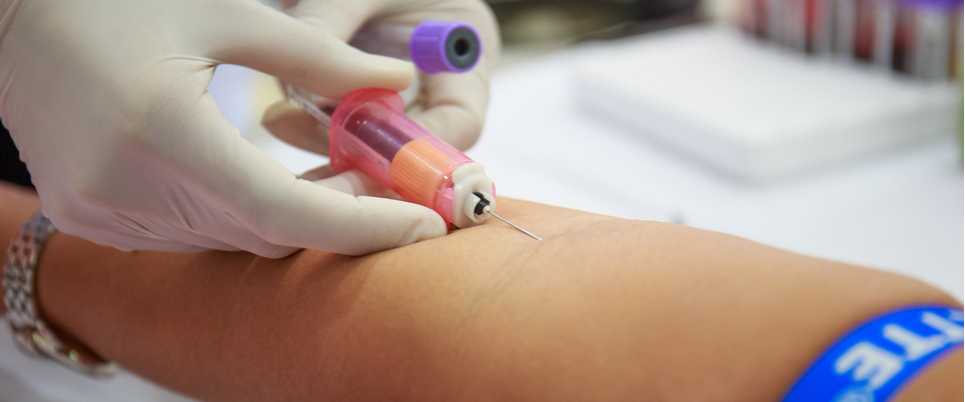Working as a phlebotomist is considered an entry-level job, but you will get a very hands-on experience with patients daily. With our HLT37215 Certificate III in Pathology Collection course, you will learn how to provide excellent client care. You will also be taught how to respond appropriately to clients in a healthcare environment.
Working hours
Most patients will present for their blood tests in the morning, so as a phlebotomist, early starts are common. Your hours may differ if you work in a hospital as your shifts will vary. Some weeks your typical day will be 9-5, on other weeks you can work throughout the night. If more regular hours appeal to you, then you can work at a small clinic or a blood donation centre. You may also be able to work part-time as there is always a high demand for phlebotomists.
Skills needed
As a phlebotomist, you need to be incredibly detail-oriented. A big part of your day will be identifying where the request came from, the patient’s requirements, and where the sample is being sent. Before you draw your patient’s blood, you must go over the medical record and properly identify your patient. You need to ensure the patient in your care is undergoing the appropriate blood draw, as in many cases that blood draw could help to save their life from a disease or an illness.
Venepuncture stages
When you reach the stage of venepuncture (blood draw) these steps must be taken to perform this successfully. These include:
- Prepare your required supplies ahead of time.
- Always ensure that the room/station is properly cleaned and sanitised.
- To help you find a vein, you can apply a tourniquet to the patient. A tourniquet is a constricting or compressing device which is used to manage arterial and venous blood flow.
- Make sure that you cleanse the patient’s skin before inserting the needle.
- Collect the blood successfully for testing.
Types of patients
Some patients will have easy veins, whereas it may be challenging to find a usable vein in other patients. You will be required to draw blood from people of all different ages, including seniors and children. Focus on each blood test as an individualised case and make the necessary adjustments for each case.
What qualifications do you need?
Our HLT37215 Certificate III in Pathology Collection course is the starting point to kick-start your career in the exciting world of pathology. You will learn to provide excellent client care and how to respond appropriately to clients in a healthcare environment. You will also develop your communication skills. Beginning on our prosthetic training arms, we will guide, support and supervise you as you progress to taking blood and non-blood samples.
Did you know that Smart and Skilled funding is available for eligible students? (This training is subsidised by the NSW Government.)
To enquire about enrolling in this course or for any questions about becoming a phlebotomist, please contact us today.

